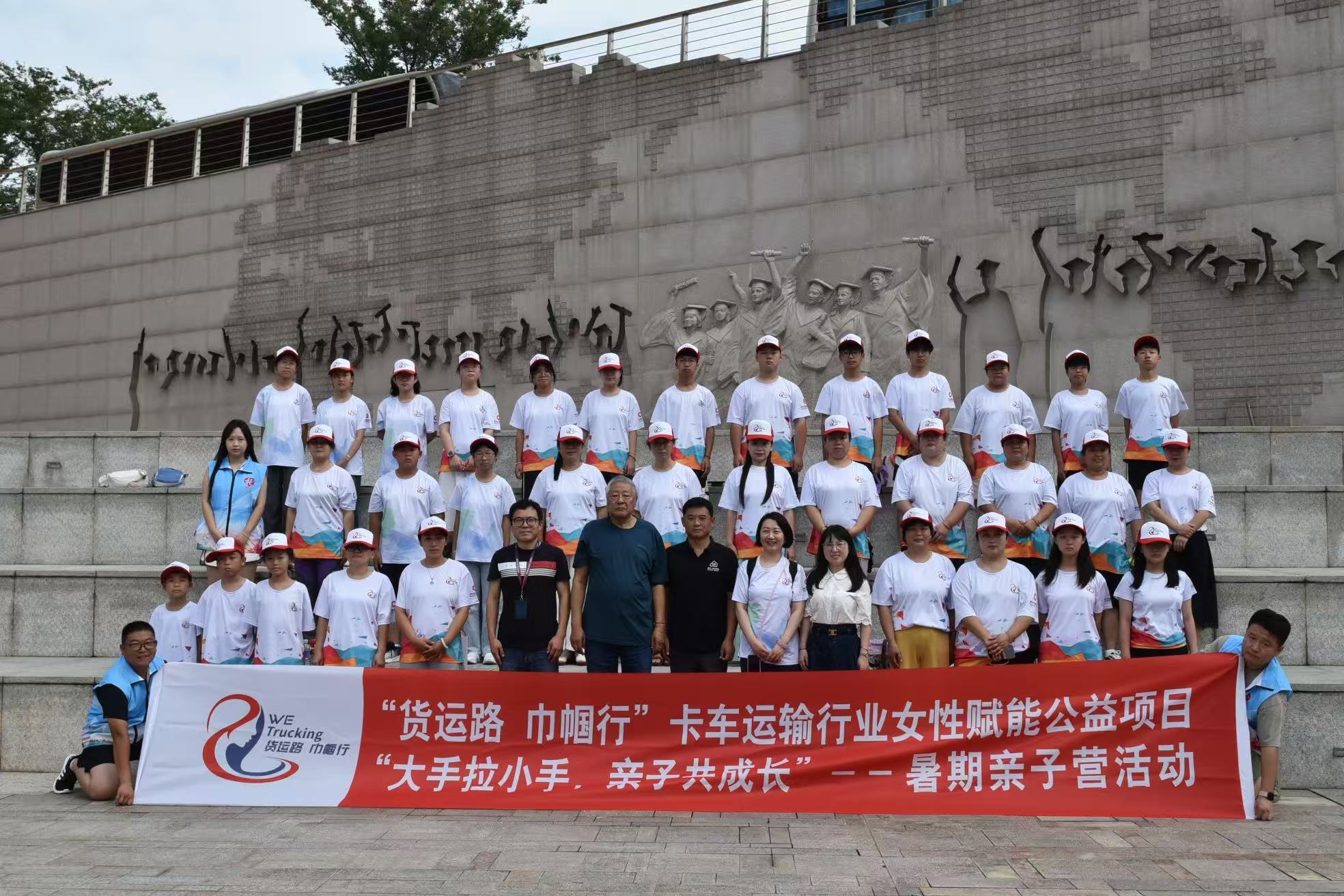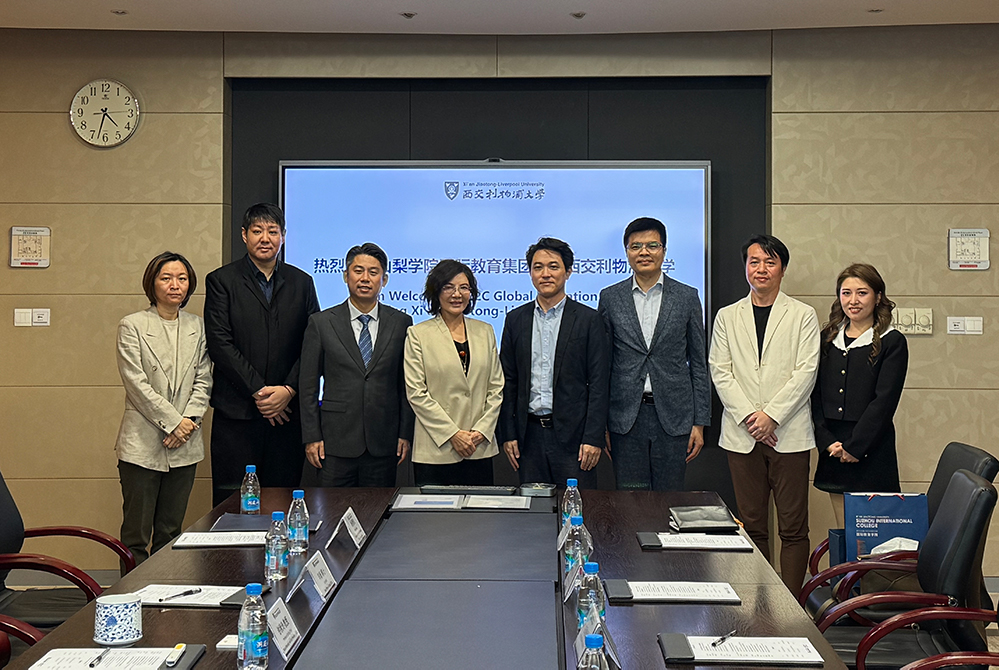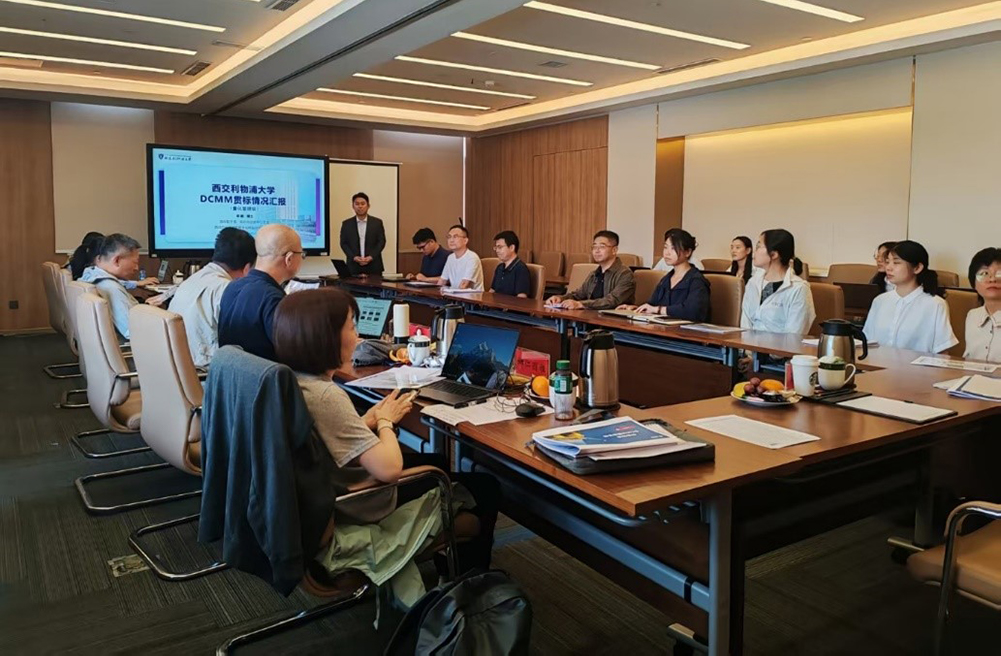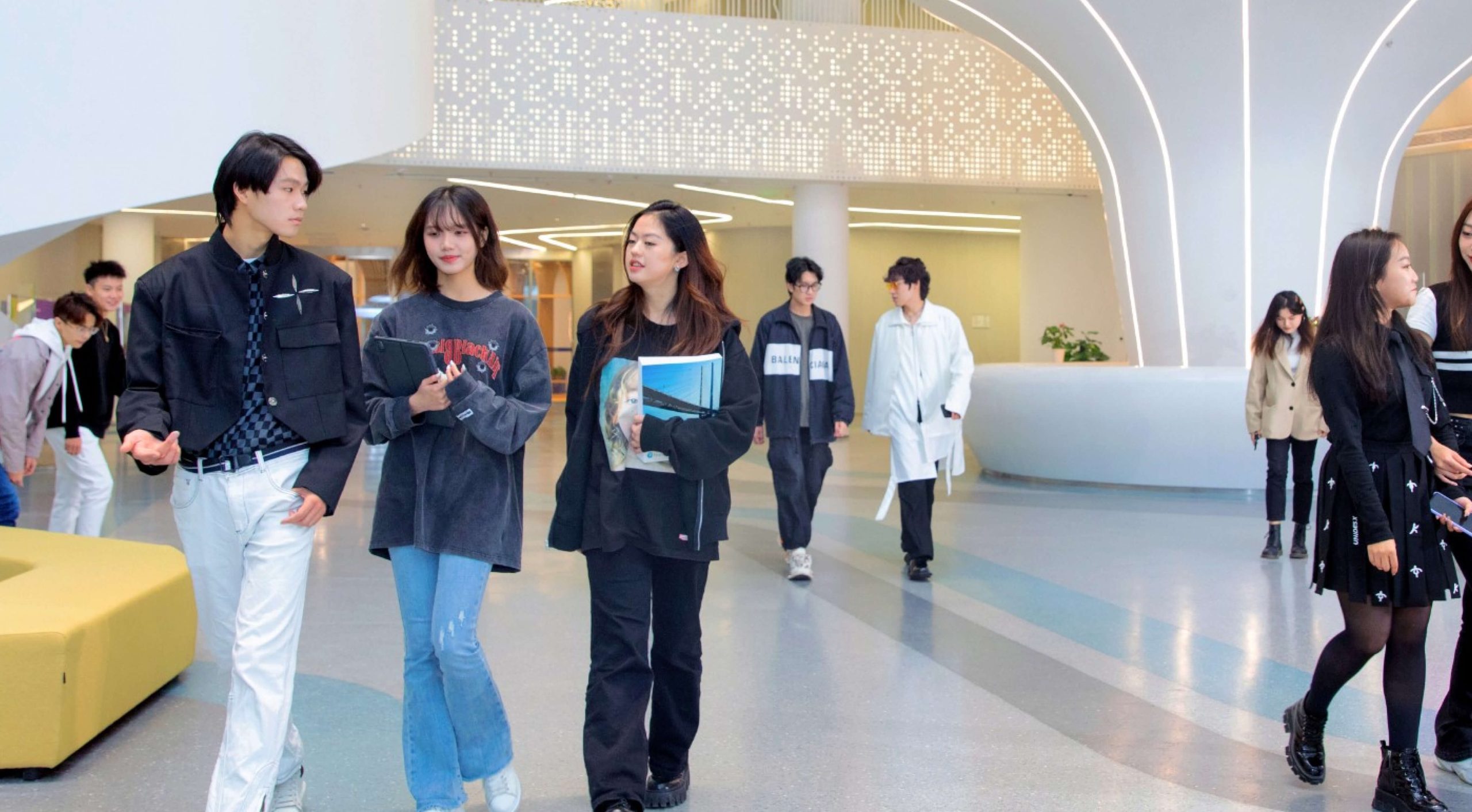We help you develop into a global citizen with the skills, knowledge, abilities, temperament and tenacity to succeed in today’s competitive and fast-changing world.


Founded in 2006, XJTLU is the leading international joint venture university in China, a partnership between Xi'an Jiaotong University and the University of Liverpool.
* Data by October 2025

During the summer vacation, the School of Humanities and Social Sciences of Xi 'an Jiaotong -Live...
20 Nov 2025
Professor Koji Furuya, Chairperson of C2C Global Education Japan, led a delegation to visit Xi’an... 17 Nov 2025
17 Nov 2025
Xi’an Jiaotong-Liverpool University (XJTLU) has become only the second university in China to ach... 04 Nov 2025
04 Nov 2025
For China’s vast army of ayi – female urban domestic workers who clean, babysit, and perform myri... 11 Sep 2025
11 Sep 2025




